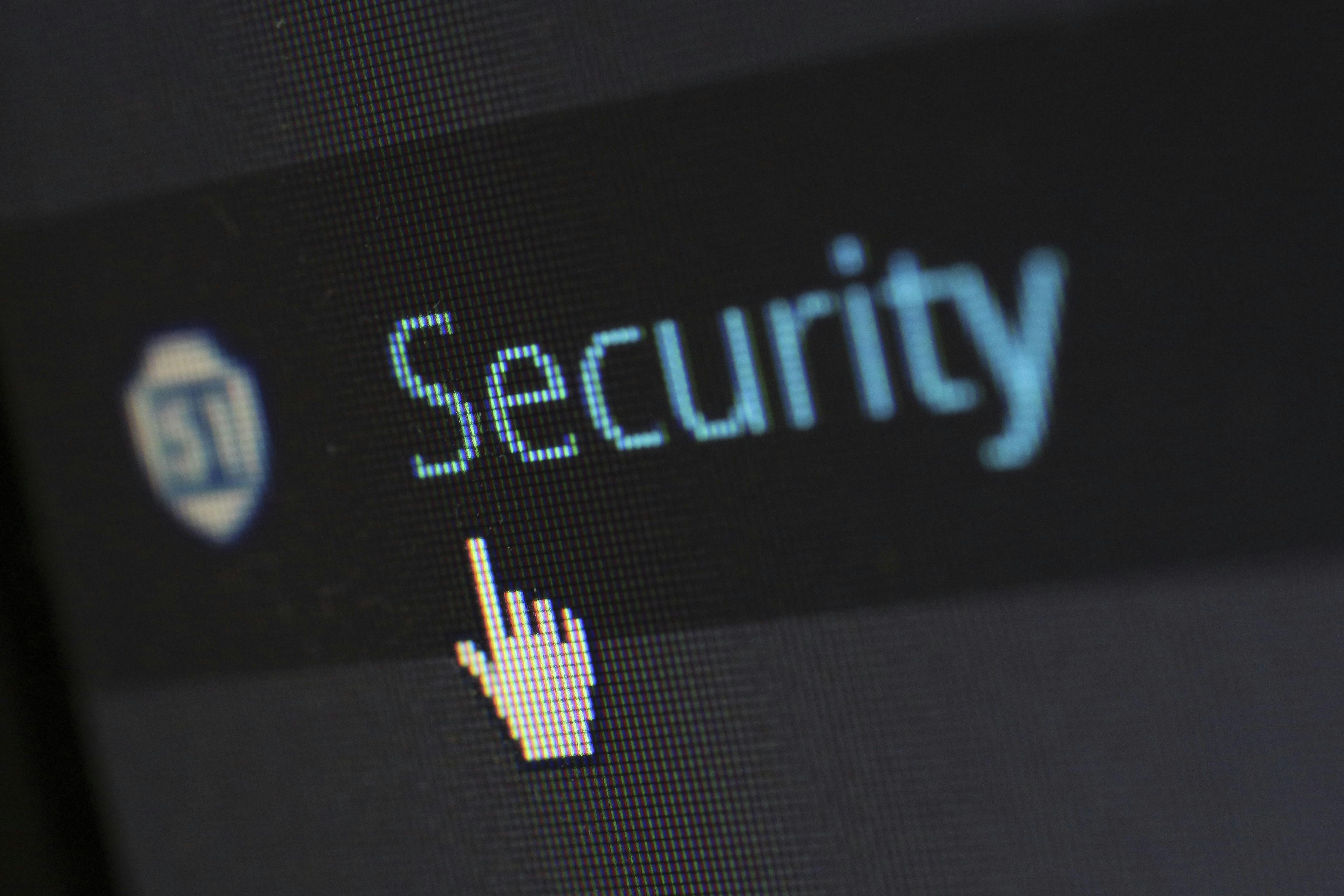
Practical Tech Safety Tips For Staying Secure Online
Learning how to protect yourself online can feel straightforward when you know what to do. By following a few easy habits, you can keep your personal details secure and make it much harder for anyone to gain access to your private information. This guide explains how to identify suspicious emails, avoid common internet traps, and set up your devices so they offer better protection. Each tip aims to give you peace of mind while you use your favorite websites and apps. Discover how small changes in your online routine can make a big difference in keeping your digital life safe.
Understanding Common Online Threats
Knowing what you’re up against helps you spot danger before it reaches you. Scammers often hide behind familiar-looking messages or ads that mimic trusted brands. Checking a website’s address bar quickly or being cautious about unexpected requests for your details can save you from a headache down the road.
Cybercriminals refine their tactics all the time, so it pays to stay alert. Whether on your phone, laptop, or tablet, learn to recognize red flags and steer clear of trouble. Here are the main threats to watch for:
- Phishing Emails: Fake messages that appear to come from banks or streaming services, asking you to log in.
- Malicious Links: Pop-ups or ads that claim you won a prize but really install harmful software when clicked.
- Fake Websites: Pages that look nearly identical to popular stores or social networks but exist to steal your credit card or login data.
- Data Leaks: Information exposed by careless companies, giving attackers fuel for targeted scams.
By recognizing these tactics, you reduce your risk and stay one step ahead of anyone trying to trick you.
Create Strong, Memorable Passwords
Your password acts like the front door to your digital spaces. A creative yet simple formula makes it easy to remember and hard for others to crack. Think of a phrase or combination only you’d pick.
Here are some ideas to help you develop a unique password strategy:
- Combine two unrelated words and add a number sequence at the end.
- Include a special character or punctuation mark that you use consistently.
- Replace some letters with similar-looking numbers (for example, “E” becomes “3”).
- Create a distinct phrase snippet for each account, so a breach on one site won’t affect others.
Save your master credentials in a reliable password manager instead of your browser. This way, you only need to remember one strong passphrase, while the tool handles the rest securely.
Safe Browsing and Email Habits
When you surf the web or check messages, small habits can make a big difference. Always look at the site’s URL to make sure it begins with “https://” and shows a padlock icon. That indicates encrypted communication between your device and the server.
In your inbox, treat any unexpected request for personal details as suspicious. Legitimate companies rarely ask for sensitive data over email. If an email urges you to reset a password or confirm a payment, visit the official site directly instead of clicking embedded links.
Installing a good ad-blocker extension in your favorite browser—like *Firefox* or *Brave*—also reduces malicious pop-ups. This simple add-on filters out shady scripts that might sneak in harmful code.
Secure Your Devices and Apps
Keeping your devices updated and locked acts like setting a strong fence around your yard. Regularly installing system updates patches vulnerabilities before attackers can exploit them. Enable automatic updates whenever possible so you won’t miss any critical fixes.
Set up these protective steps today:
- Activate a screen lock (PIN, pattern, or fingerprint) on any phone or tablet.
- Turn on two-factor authentication (2FA) for your email, social accounts, and banking apps.
- Back up important photos and documents to a trusted cloud service or encrypted external drive.
- Review app permissions monthly to revoke access from seldom-used programs.
Being proactive about device security turns lengthy tasks into quick habits, and you’ll notice more peace of mind with each update.
Protect Your Personal Information on Social Media
Sharing highlights and stories online is fun, but oversharing details can attract unwanted attention. Avoid posting your full birthday, home address, or travel plans publicly. That way, you reduce the chance of someone using those clues to unlock accounts or impersonate you.
Adjust privacy settings on platforms so only friends or approved followers see your content. If you see unfamiliar accounts trying to follow you, don’t hesitate to block or report them. Think twice before accepting invites from profiles with minimal details or no mutual connections.
Take the opportunity to share your voice confidently without risking your safety. Post photos, ideas, and recommendations in a way that feels genuine—yet keeps personal data protected behind a virtual lock.
Follow these tips daily to become more comfortable online and keep your digital life safe. Stay curious and confident as you explore new digital spaces.